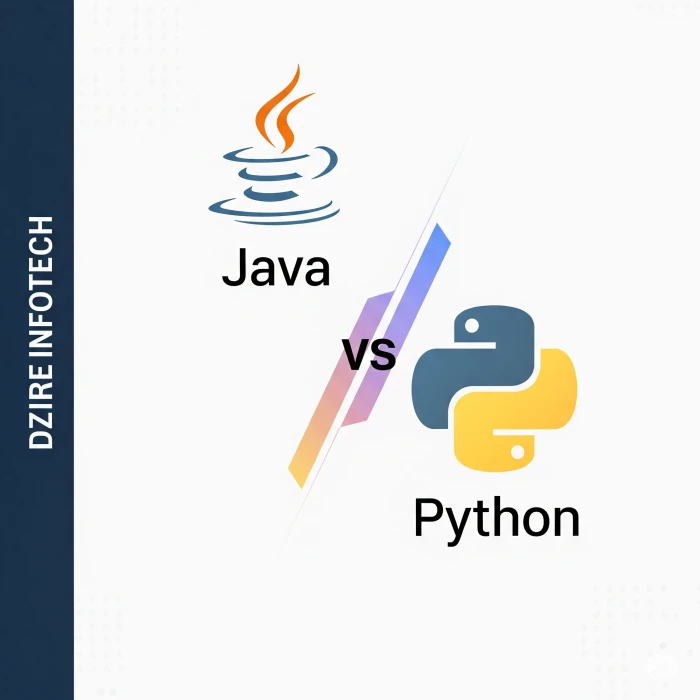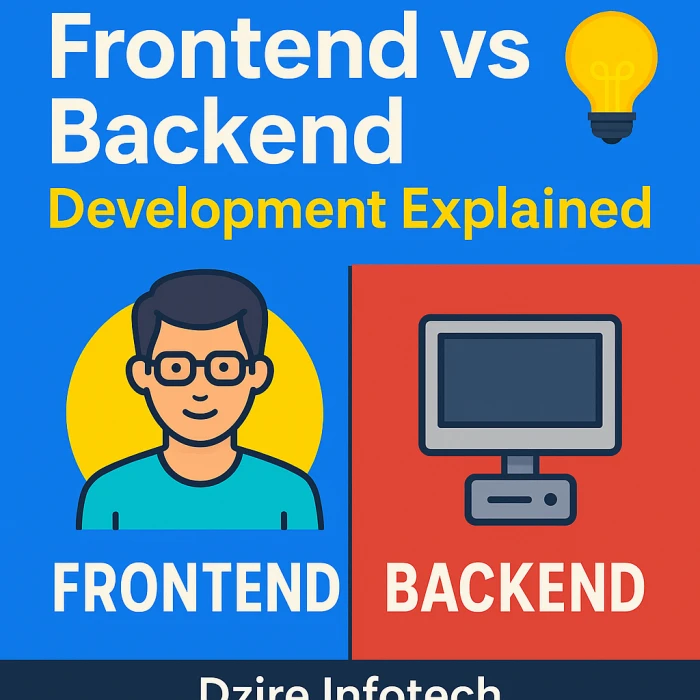 Mahadevpura, Bangluru-560037
Mahadevpura, Bangluru-560037 [email protected]
[email protected] +91 9026187944
+91 9026187944

Choosing the right programming language as a student can shape your learning journey and career path. In 2025, Java and Python remain top choices for beginners, but which one is better for you? This blog compares Java and Python based on ease of learning, career opportunities, and practical applications, helping students make an informed decision. Whether you're aiming for data science, app development, or computer science fundamentals, we’ve got you covered!
Python is known for its simple, English-like syntax, making it a favorite for beginners. Unlike Java, Python uses indentation for code blocks and doesn’t require explicit variable declarations, reducing the learning curve. A 2019 study found Python code to be 3.1 times shorter than Java, allowing students to focus on logic rather than syntax.
# Calculate the square of a numbernum = int(input("Enter a number: "))print(f"Square is {num * num}")Python dominates in data science, AI, machine learning, and web development. Its versatility and libraries like Pandas, TensorFlow, and Django make it ideal for modern tech fields. In 2023, 48.24% of developers used Python, reflecting its growing demand.
Python excels in:
Drawback: Python’s slower performance may limit its use in high-performance applications.
Java’s strict syntax and static typing teach core computer science concepts like object-oriented programming (OOP) and type safety. It’s widely used in academic settings to build a solid programming foundation, transferable to languages like C++.
import java.util.Scanner;public class Square { public static void main(String[] args) { Scanner scanner = new Scanner(System.in); System.out.print("Enter a number: "); int num = scanner.nextInt(); System.out.println("Square is " + (num * num)); scanner.close(); }}Java powers enterprise applications, Android development, and large-scale systems. Companies like Microsoft and Uber rely on Java for its portability and performance. Its “write once, run anywhere” feature via the JVM ensures versatility.
Java shines in:
Drawback: Java’s verbose syntax can be intimidating for beginners.
| Criteria | Python | Java |
|---|---|---|
| Ease of Learning | Simple, concise syntax | Strict, verbose syntax |
| Performance | Slower, interpreted | Faster, compiled |
| Career Paths | Data science, AI, web development | Enterprise, Android, large systems |
| Use Cases | Data analysis, automation, web apps | Android apps, enterprise software |
| Community | Growing, beginner-friendly | Established, academic focus |
Why? Python’s simplicity and versatility make it perfect for starting your coding journey. Explore our Python Course Syllabus to get started!
Why? Java’s structured approach prepares you for complex, scalable applications. Check out our Java Tutorials for beginners!
Why choose one? Start with Python for its ease and versatility, then learn Java to master OOP and enterprise-grade programming. This combination maximizes your skills and career prospects.
Developers on platforms like X highlight Python’s beginner-friendly nature. One user noted, “Python feels like reading English compared to Java’s complexity.” However, Java’s foundational value is undeniable, with users suggesting it aids learning other languages like Python later.
For most students in 2025, Python is the better starting point due to its simplicity, versatility, and relevance in trending fields like AI and data science. However, Java is ideal for those targeting enterprise software, Android development, or a deeper understanding of programming fundamentals. Start with Python to build confidence, then explore Java for advanced skills. Ready to code?
Call to Action: Which language are you learning? Share your thoughts in the comments or join our Coding Community for tips and resources!
Start Learning Now!